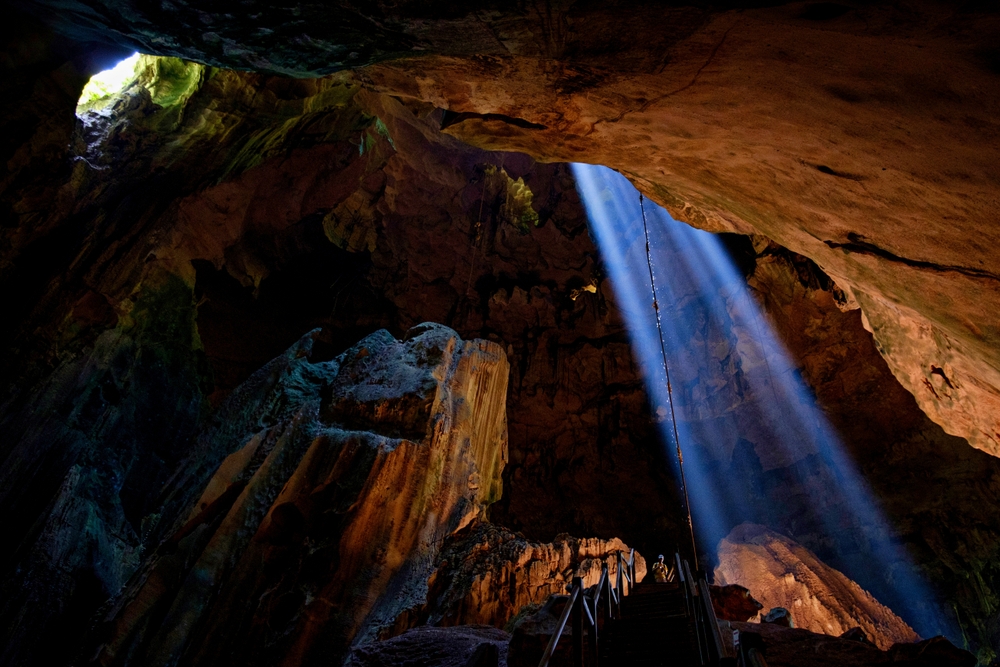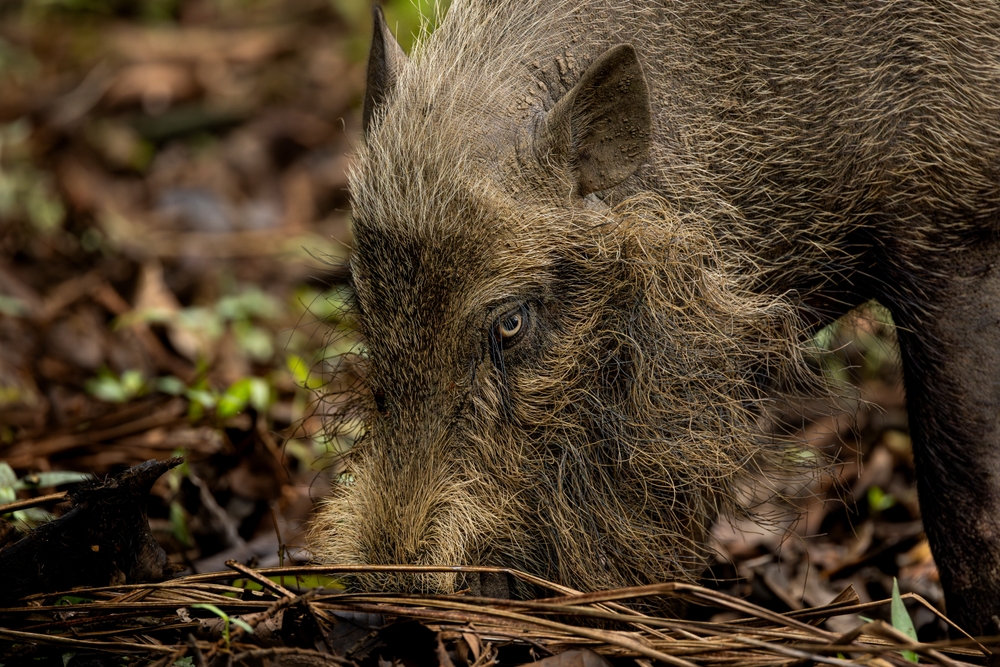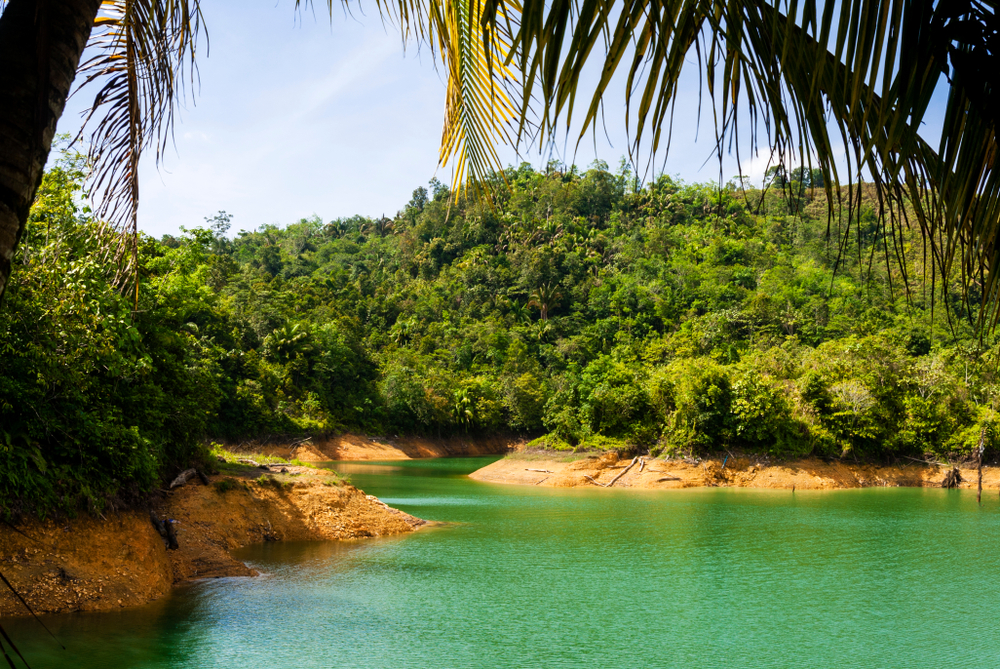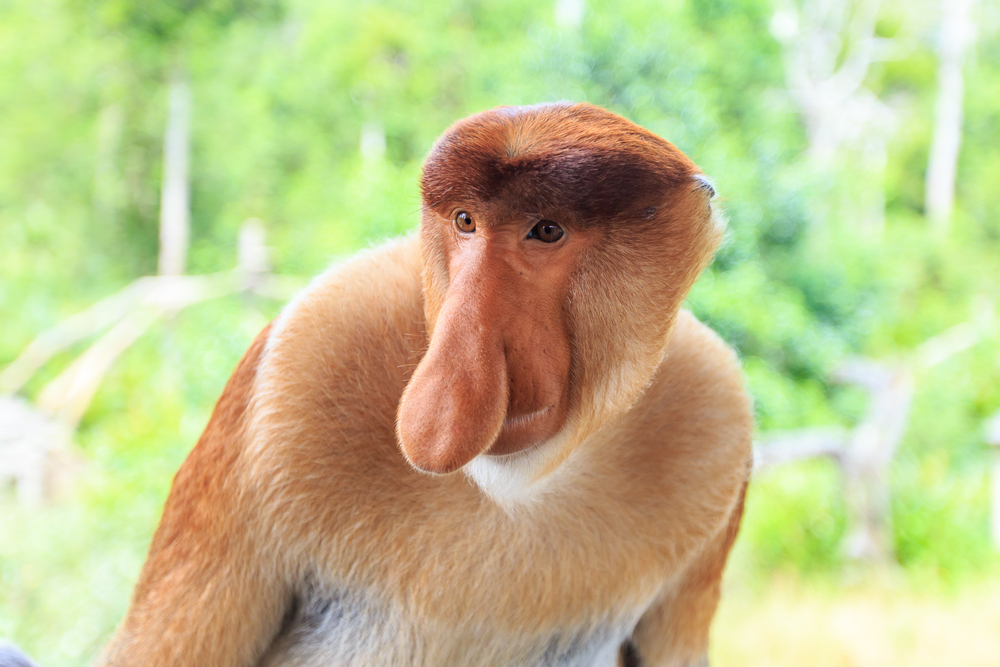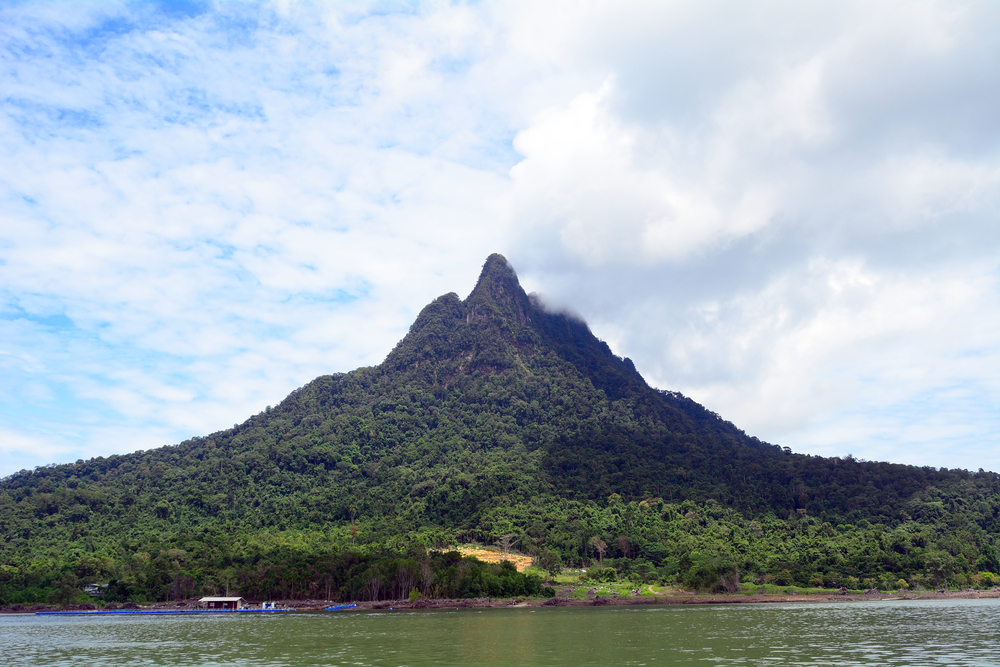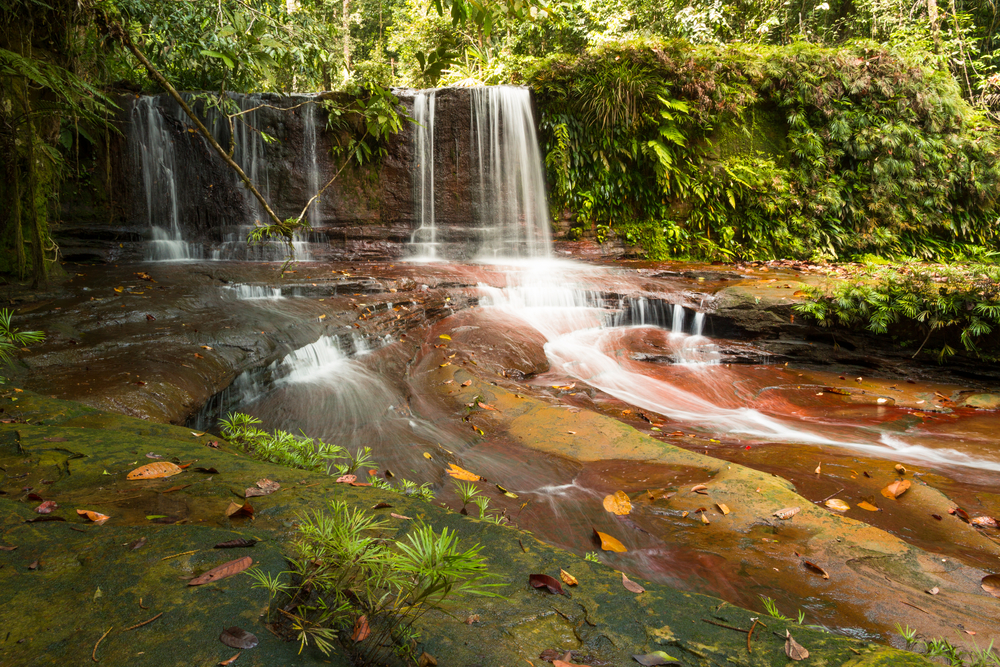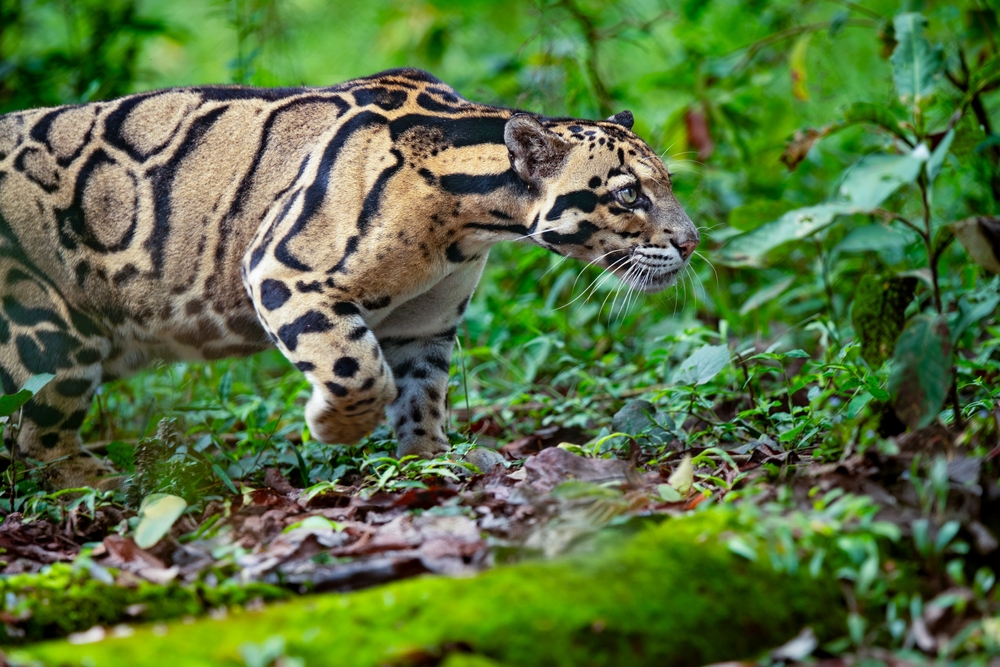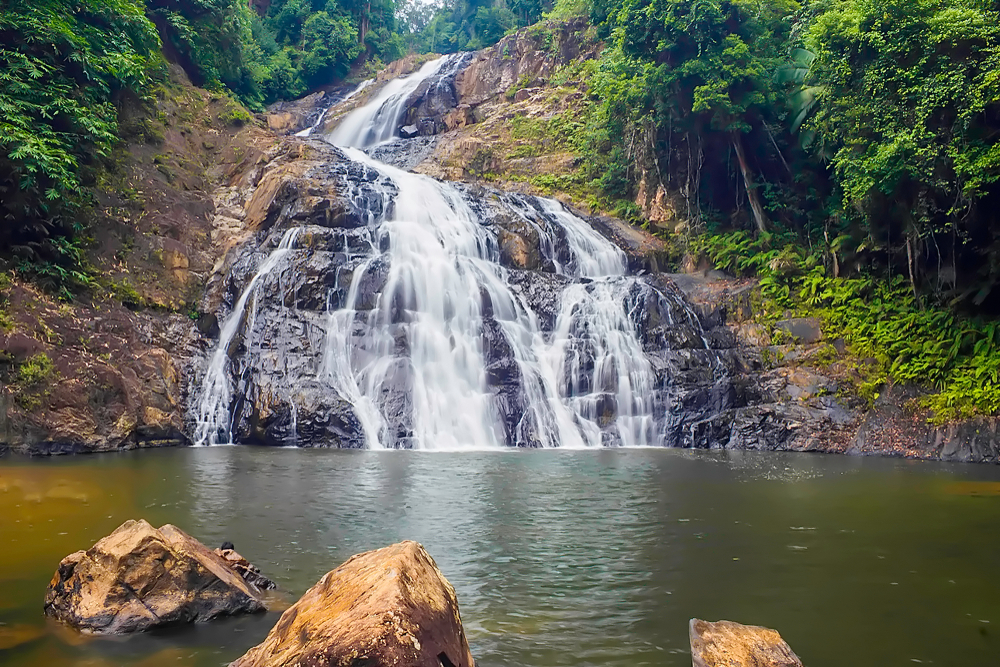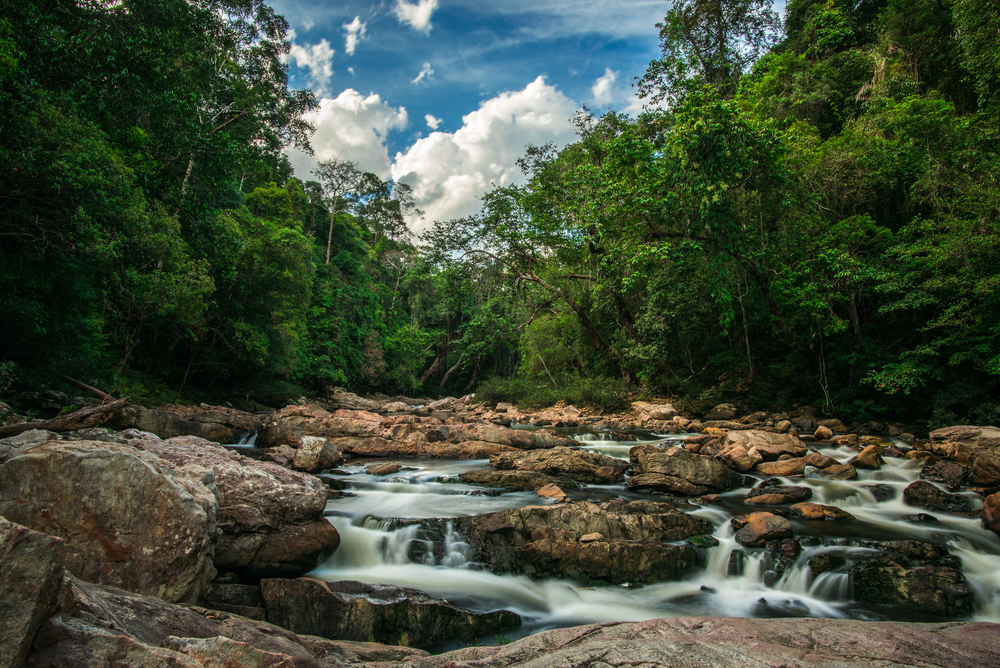Niah Overview
Niah National Park, known locally as Taman Negara Niah, is one of Malaysia’s most captivating natural treasures. Situated in Sarawak on the island of Borneo, the park spans approximately 12.6 square miles (32.66 square kilometers) and is renowned for its cultural, historical, and ecological significance.
Niah is particularly famous for the Great Cave and its archaeological wonders, offering a unique glimpse into human history dating back tens of thousands of years. Located roughly 70 miles (112 kilometers) south of Miri, this park provides an intriguing blend of natural beauty and ancient heritage.
The park’s terrain is dominated by limestone formations, primary rainforests, and peat swamps. Its crown jewel, the Niah Great Cave, boasts enormous caverns with vaulted ceilings and walls adorned with prehistoric rock art. The Painted Cave, a smaller chamber within the park, contains murals that narrate ancient burial rituals. Lush greenery surrounds these caves, with towering dipterocarp trees and endemic flora thriving in the humid tropical environment.
The dense vegetation includes pitcher plants, orchids, and palms, which enhance the park’s biodiversity. The Lambir Hills and limestone cliffs add dramatic flair to the landscape, making it a paradise for nature enthusiasts and geologists alike.
Niah National Park is home to a rich array of wildlife, though much of it is elusive due to the dense forest cover. Among its inhabitants are long-tailed macaques, monitor lizards, and slow lorises. The caves themselves serve as habitats for vast colonies of bats and swiftlets. The swiftlets are particularly significant because their edible nests are harvested for bird’s nest soup, a practice that has cultural and economic importance in the region.
Birdwatchers are also drawn to the park, where species like the rhinoceros hornbill, kingfishers, and bulbuls can be spotted. Insects, amphibians, and reptiles further enrich the biodiversity of this compact yet vibrant ecosystem.
Visitors are enchanted by Niah’s blend of natural and historical wonders. Walking the plank walkways through the dense forest leads to the caves, while the archaeological site within the Great Cave showcases remnants of human activity dating back 40,000 years.
Artifacts, including tools and pottery, highlight the region’s role in early human migration and civilization. The Painted Cave, with its ochre depictions of ancient rituals, provides an additional cultural dimension to the visit. Night treks offer an entirely different experience, revealing nocturnal wildlife and the eerie yet fascinating atmosphere of the caves.
Conservation efforts at Niah National Park focus on preserving both its natural and cultural heritage. Challenges include balancing the sustainable harvesting of swiftlet nests with ecological integrity and mitigating the impact of increasing tourism. Successful measures have included educational programs, stricter regulations on nest collection, and collaborations with local communities to promote responsible park management. These initiatives have ensured the preservation of Niah’s unique features while fostering appreciation for its invaluable historical and ecological contributions.








































































